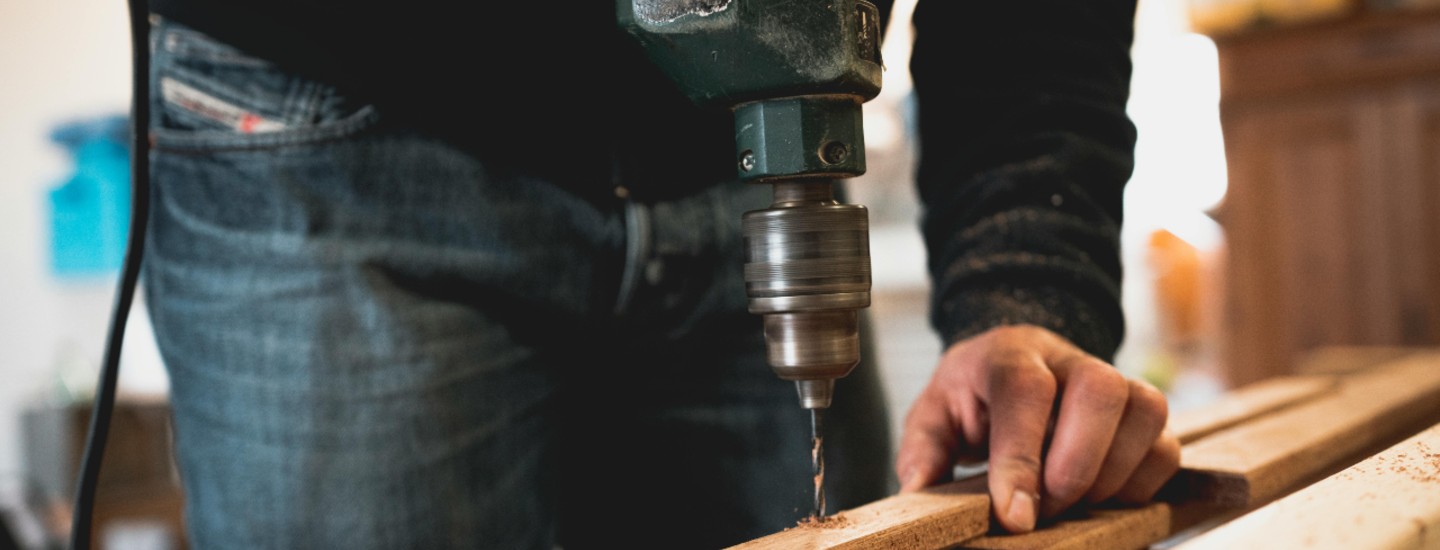RICS surveys tailored for every property
Comprehensive property surveys for buyers, sellers, and homeowners.
Choose the right survey for your property
Compare our expert survey options from a basic property valuation to a detailed RICS Level 3 inspection.
Select the perfect level of assessment to suit your property's unique needs.
Understanding RICS property surveys costs
We offer transparent pricing tailored to your property's requirements, ensuring you get the right survey at the right price.
Learn moreDownload a sample RICS survey report
Connecting you with local surveyors
- We connect you with RICS-accredited surveyors across England and Wales who provide reliable and detailed assessments for any property.
- Safeguarding your property investment has never been easier, with our nationwide network of local surveyors.
- We pride ourselves on transparent and competitive pricing, speedy turnarounds and exceptional customer service.
- Would you have any questions, feel free to contact us.








